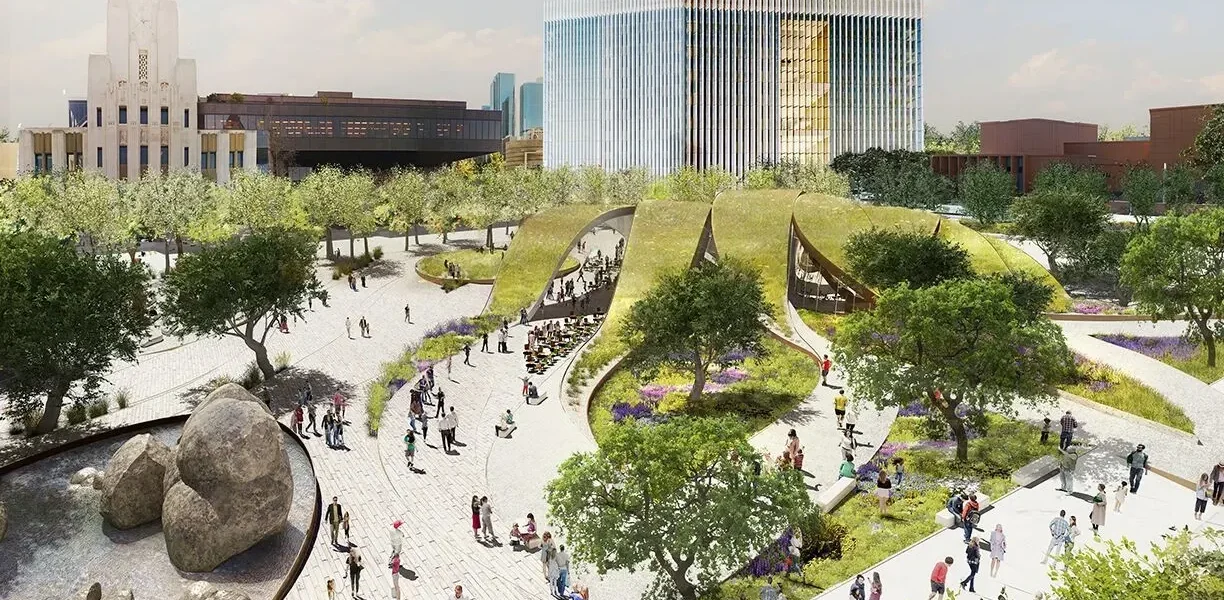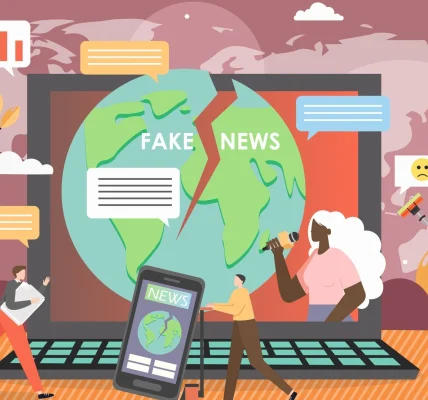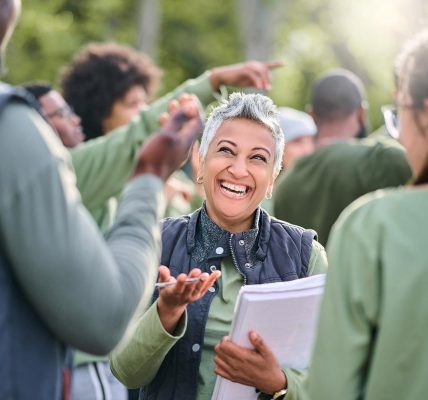Urban Planning for a Connected Future
Cities are more than just buildings and roads—they are living ecosystems shaped by people, culture, technology, and the environment. As we confront global challenges like climate change, urban sprawl, and social fragmentation, reimagining how we design and organize our cities becomes crucial. The future of urban planning lies not only in constructing infrastructure but in nurturing inclusive, vibrant communities.
At Apache Plaza, we champion the intersection of society, art, and technology. This vision aligns with today’s urban planning priorities that aim to build connected, sustainable, and human-centered spaces.
In this blog post, we explore how modern urban planning is evolving to foster belonging, engagement, and resilience—ultimately redefining what it means to live in a community.
From Infrastructure to People: A Shift in Focus
Historically, urban planning focused primarily on logistics: streets, utilities, zoning, and economic efficiency. However, the 21st-century approach embraces a broader, more dynamic framework. It’s not just about where people live—it’s about how they live and interact.
Key Shifts in Urban Planning Philosophy:
- Human-centered Design: Urban spaces that prioritize walkability, comfort, and usability for all age groups and abilities.
- Participatory Governance: Residents now play active roles in shaping their neighborhoods.
- Sustainable Development: Incorporating nature, renewable energy, and low-carbon transport into planning models.
- Equitable Access: Ensuring every citizen can enjoy safe housing, mobility, and digital connectivity.
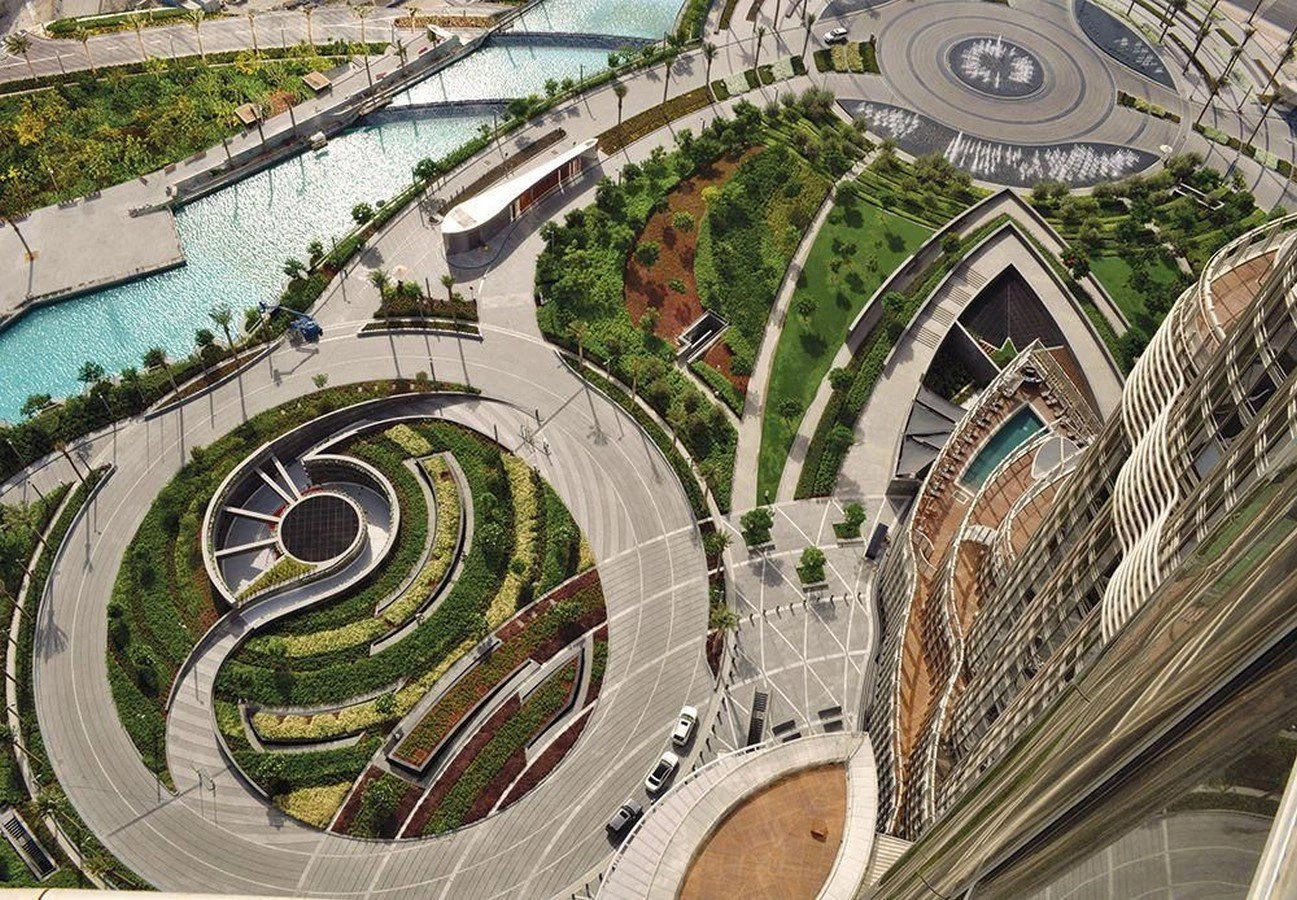
Core Pillars of Future-Ready Urban Communities
A connected future begins by integrating several foundational components that elevate quality of life and collective well-being.
1. Mixed-Use Development for Dynamic Living
Combining residential, commercial, and cultural functions in one area promotes economic vitality and community engagement. Instead of isolating zones by use, modern planning encourages diversity and interaction.
Features of Mixed-Use Areas:
- Apartments above shops and cafes
- Open-air markets and performance spaces
- Community gardens and recreation zones
- Schools and coworking spaces within walking distance
This design not only minimizes commutes but also promotes foot traffic, strengthens local economies, and fosters daily interactions among neighbors.
2. Smart Technology as a Community Connector
Cities around the world are becoming “smart”—using digital infrastructure to improve lives and streamline systems. But smart planning isn’t just about automation; it’s about accessibility.
Examples of Urban Tech Integration:
- High-speed public Wi-Fi zones in parks and transit hubs
- Smart traffic signals reducing congestion and emissions
- QR-coded community boards for public feedback
- Sensor-based systems for waste collection and energy efficiency
3. Inclusive, Adaptive Public Spaces
Public spaces serve as the heartbeat of a community. However, they must evolve to be inclusive, multifunctional, and culturally relevant.
Inclusive Urban Design Features:
- Universally accessible playgrounds
- Shaded seating and quiet reflection areas
- Cultural storytelling walls and murals
- Multi-lingual signage and digital guides
When public places reflect the identities of their users, they promote a sense of pride, ownership, and safety.
4. Cultural Integration and Artistic Expression
Culture isn’t something to be added to urban design—it should be embedded in it. Public art, performance spaces, and local craft installations make cities come alive.
Artistic Integration Encourages:
- Civic engagement through mural projects
- Preservation of local histories
- Youth participation in public design
- Intergenerational storytelling
Discover Preserving Ephemeral Arts and how they contribute to city vibrancy.
Traditional vs. Future-Oriented Urban Planning
| Category | Traditional Planning | Future-Ready Planning |
| Mobility | Car-dependent | Multimodal: biking, walking, transit |
| Citizen Participation | Centralized, top-down | Participatory, grassroots collaboration |
| Public Spaces | Green parks and plazas | Cultural, interactive, and wellness hubs |
| Tech Integration | Minimal to none | Smart grids, sensors, digital governance |
| Environmental Impact | Low priority | High focus on sustainability and climate |
| Zoning | Segregated use | Mixed-use, adaptive zoning |
Digital Access: The New Civic Infrastructure
In today’s knowledge economy, digital connectivity is a basic human right, not a luxury. Planning cities without considering broadband access means leaving communities behind.
Benefits of Digital Infrastructure:
- Enables remote work and economic opportunity
- Supports virtual education across age groups
- Enhances public health access via telemedicine
- Empowers civic tech platforms for engagement
Empowering Residents: Planning With, Not For
Planning for a connected future must include the voices of those who live in the city. Tools for participatory design are emerging rapidly.
Community Empowerment Strategies:
- Participatory budgeting for local priorities
- Public design workshops to co-create street layouts
- Civic data dashboards for transparent governance
- Pop-up installations for rapid feedback and iteration
Real-World Example:
Portland’s community mapping program helped residents identify inequities and collaboratively redesign their neighborhoods. Explore case study
Designing for Climate Resilience
Urban resilience isn’t optional—it’s essential. As cities face environmental stressors, they must be designed to withstand, recover, and adapt.
Key Urban Resilience Measures:
- Floodable parks and wetlands
- Elevated greenways and shaded corridors
- Solar-powered community centers
- Permeable pavements and modular stormwater systems
These solutions offer long-term sustainability while doubling as recreational and educational features.
Fostering Interconnectedness Across Cultures
Diversity is a strength—and urban planning should honor that. Multicultural neighborhoods thrive when supported with inclusive infrastructure.
Planners Should Consider:
- Language access and translation tools
- Faith-based facility zoning
- Celebration spaces for diverse cultural events
- Multicultural public libraries and information hubs
Community design should mirror the mosaic of people it serves, ensuring every voice has space to grow.
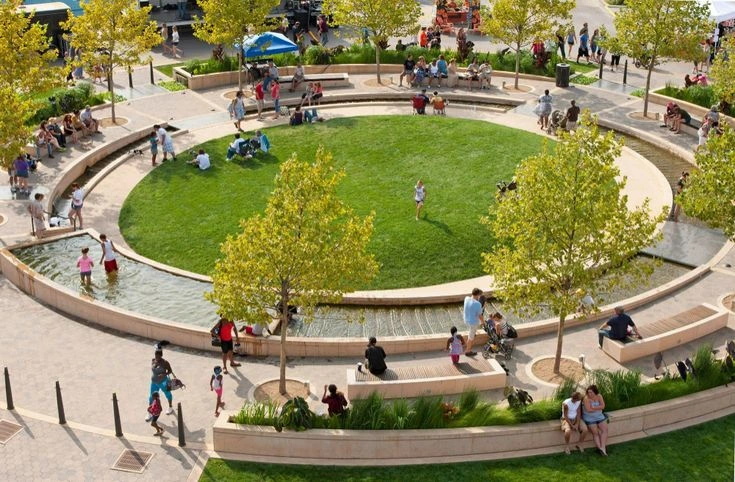
How Apache Plaza Aligns with This Vision
At Apache Plaza, we believe that cities are creative organisms that thrive at the intersection of technology, art, and society. Through our ongoing efforts to spotlight performance, digital art, and inclusive planning strategies, we are committed to building dialogues that shape better futures.
By supporting cultural memory, ephemeral expression, and artistic technologies, Apache Plaza advocates for urbanism that celebrates the human experience.
Frequently Asked Questions (FAQs)
- What makes a city “connected”?
A connected city ensures physical, digital, and social access for all residents—linking them to resources, networks, and each other. - How does inclusive urban design improve quality of life?
It creates environments where people of all abilities, backgrounds, and income levels can thrive together, fostering equity and harmony. - What role does technology play in city planning?
Technology enables real-time data, automation, and citizen interaction, making cities more responsive, sustainable, and efficient. - Can smart cities still support low-income communities?
Yes—when designed ethically, smart technologies can reduce barriers and improve service delivery for marginalized groups. - Why should artists be involved in urban planning?
Artists humanize the built environment, amplify community voices, and inspire inclusive storytelling through public installations and cultural spaces.
Conclusion: Rebuilding the City as a Network of People
Urban planning is no longer just the realm of engineers and architects—it is a collaborative, interdisciplinary endeavor. A connected community is one where art, design, technology, and human empathy converge.
When we plan for people—not just for systems—we create cities that heal, inspire, and sustain.
The future of urban development lies in fostering belonging, opportunity, and creativity. Let’s move forward with intention—building not just places, but people-powered communities.

